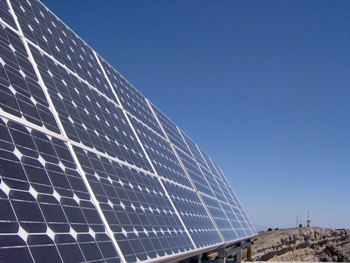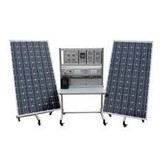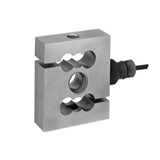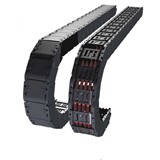This week the Australian Centre for Renewable Energy (ACRE) released Strategic Directions, a report detailing priorities for the development of renewable energy technology.
Commenting on the report, Martin Ferguson, Minister for Resources and Energy said: “Australia’s great potential to produce renewable energy hinges on our ability to develop a range of renewable energy technologies and drive down their costs. The program of work ACRE sets out in its Strategic Directions is an important step towards achieving this objective.”
This release comes hot on the heels of last month’s report from The Australian Bureau of Agricultural and Resource Economics and Sciences (ABARES), Energy in Australia 2011, which details Australia’s present and projected energy production and consumption.
On that occasion Minister Ferguson stated: “Today’s publication also points to significant planned growth in renewable electricity generations capacity over the next few years."
Indeed the government's Renewable Energy Target (RET) commits Australia to producing 20% of its electricity supply from renewable sources by 2020.
On the face of it, with such apparent government commitment, it would appear that the future of renewable energy is rosy. A closer look at Energy in Australia 2011 suggests that things might not be quite so clear cut.
According to the report, renewables account for just 2% of Australia's total energy production compared to a staggering 95% from fossil fuels. Moreover, despite all the government rhetoric, Energy in Australia 2011 reveals that this figure is not even going up.
"The share of renewables", it states: "has remained largely constant over time, with a decrease in the use of hydroelectricity being offset by an increase in the use of wind energy, solar energy and biofuels".
Even in the field of solar energy, one of the energy sources singled out as being on the rise, the evidence is not all positive.
"Most solar energy is used for residential water heating and accounts for 1.8 per cent of final energy consumption in the residential sector," it claims.
Taking into account that residential usage represents somewhere in the region of 7.5% of Australia's total energy consumption, it seems as though industry is not really doing its bit.
Joanne Jarvie of Solar Online Australia believes energy retailers are the key to changing this but that they need to be more proactive.
"I don't think they are looking long term," Jarvie said.
"They are just looking at the now."
She cites low cost coal fired electricity for industry as a reason for this short-termism. This view appears to be backed up by figures contained within the report, which show how, since 1991, household energy costs have increased faster than their industrial counterparts. It is a trend that has increased markedly since 2008.
"I'd like the energy retailers to see that solar has got a lot to offer them," Jarvie told IndustrySearch.
"And that they need – whether it is through them or through the government – to review the feed in tariffs they offer for large scale solar."
Which brings us back to Minister Ferguson's positive words.
But is the government as committed as it claims? Far from encouraging further solar development in industry, the most notable changes in recent times have been in the domestic sphere, where we have seen the federal government reduce solar hot water rebates and the NSW government slash the domestic feed in tariff by two thirds.
Meanwhile, in the government's own words large scale solar energy plants remain: "emerging renewable technologies that are yet to be commercially deployed".
If Australia is to meet the government's 20% renewable energy target by 2020, the big question remains why?











